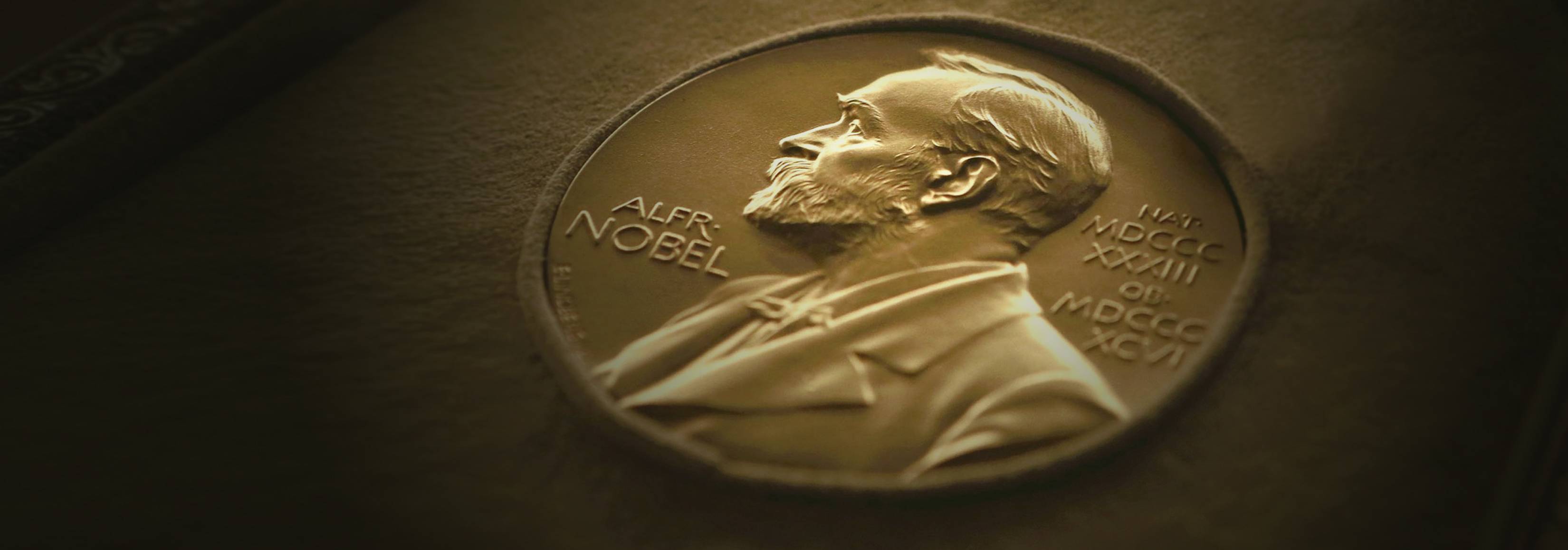When Peyton Rous joined The Rockefeller Institute for Medical Research in 1909, he had already been advised by several mentors not to make “the cancer question” his life’s work. Though research was beginning to yield at least partial answers as to the cause and progression of cancer, most scientists viewed cancer cells as basically anarchic — taking on a life of their own, entirely self-sufficient and unresponsive to normal cellular regulatory mechanisms. Dr. Rous’s fearless approach as head of Rockefeller’s Laboratory for Cancer Research resulted in a discovery that recast our most fundamental understanding of cancer, and won him the 1966 Nobel Prize in Physiology or Medicine.
By the early 20th century, various cancers had been indirectly linked to genes, hormonal changes and other causes, but reports were proliferating from laboratories everywhere of unexplained, transmissible growths in various animals. In 1910, Dr. Rous took a sample of a malignant tumor from the connective tissue of a hen, passed it through filters to remove all cancer cells and any bacteria and inoculated other chickens with it. The inoculated chickens developed tumors as well. When he achieved the same result using a supernatant of emulsified tumor cells, Dr. Rous concluded that the cancer had been caused by a filterable agent, and suggested a virus as the most likely candidate. His mysterious agent is now known as the Rous sarcoma virus, or RSV.
Most scientists were highly skeptical, maintaining the logical assumption that the significant differences between the processes of cancer and infectious diseases must preclude a causal relationship between the two. In response to the skepticism, Dr. Rous repeated his experiments but exposed his malignant samples to freezing, drying and radiation; he also investigated tumors from bone, cartilage and blood vessels, all with consistently the same result as before. He furthermore showed that the immune systems of the infected chickens were producing two different kinds of antibodies: one to the foreign cells and one similar to those produced in response to harmful bacteria.
His successes in birds spurred him to try to find the same relationship in mouse tumors. When these experiments were unsuccessful, Dr. Rous’s peers concluded that what he had demonstrated with RSV was that avian cancers are fundamentally different than mammalian cancers, and thus could have no clinically significant bearing. Though he always kept his hand on the pulse of cancer research, he spent the next 20 years pursuing other physiological studies, and his work led to great advances in blood and liver pathology.
In 1934, Dr. Rous’s Rockefeller colleague Richard Shope asked him to examine a warren of jackrabbits whose “warts” he had definitively shown were caused by a virus. When Dr. Rous confirmed that the warts were benign tumors that had the potential to become cancerous, he turned his full focus back to investigating the virus theory of cancer. His discoveries were further buttressed over the next several years, as other laboratories reported compelling links between viruses and various cancers in birds, mice and other mammals. By the 1950s, virologists had shown that some viruses can incorporate their own genetic material into host cells without killing them, leading to a permanent and inheritable change in the host cells’ DNA. They soon discovered that under certain conditions, RSV can cause cancer even in mammals. During the 1950s and 60s, dozens of other tumor-causing mammalian viruses were discovered.
Dr. Rous persisted in this line of research for the rest of his career and made discoveries that would determine the direction of the field for an entire generation of scientists. He found that normal cells become malignant not suddenly, as had been believed, but over a gradual series of steps; that viruses work in tandem with other factors, including genes, carcinogenic agents and hormones, to create and promote tumors; and that tumor cells of many other species, including humans, will grow in chick embryos, offering investigators an easy medium for the study of cancer progression.
CAREER
Born in Texas in 1879, Dr. Rous received his M.D. from The Johns Hopkins University School of Medicine in 1905. After two years as instructor of pathology at the University of Michigan, he took over leadership of the cancer research laboratory at The Rockefeller Institute, begun a few years earlier by the institute’s director, Simon Flexner. He became a member of the institute in 1920 and a member emeritus in 1945, though he continued an active research career at his Rockefeller lab after his retirement. Dr. Rous was a foreign member of The Royal Societies of England and Denmark and of the Norwegian Academy of Science and Letters. In addition to the Nobel Prize, he received an Albert Lasker Basic Medical Research Award, a National Medal of Science and a United Nations Prize for Cancer Research. Dr. Rous died in 1970.
